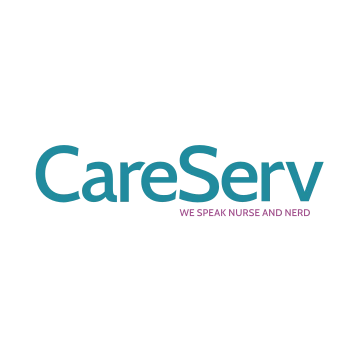
Moving data from legacy systems to a new system can be labor intensive. For those healthcare companies that have already begun or completed the process, they understand just how understated that comment is. The entire process of moving data for healthcare professionals is far more complex than for many other industries, namely due to regulatory and legal requirements to protect the integrity of patient information and data.
Much of the data your healthcare organization likely has was originally entered or stored manually or with old, outdated software, commonly referred to within the IT sector as ‘legacy systems.’ New, modern and streamlined systems are connecting increasing numbers of healthcare groups, including hospitals, pharmacies, clinics, nursing homes, and much more.
This is allowing a smoother, safer, and more cost-effective way to treat patients, regardless of age, health issues, and even location. In some cases, healthcare organizations are being required to upgrade and move their data to a new system in order to meet new, changing requirements and laws.
At the crux of the challenge sit many factors, not the least of which involves maintaining privacy for each patient and accuracy of information.
Using Staff
Too many organizations place the onus of this operation on current staff. Unfortunately, most of these staff members already have full-time responsibilities and lack the knowledge base to properly migrate historical data into the right format. If the data is not ported over to the new system properly, a simple formatting misstep can effectively make the new data unreadable or unretrievable. Too often, though, these problems are not spotted until an attempt is made to retrieve the data from the new system.
It’s been a troubling tale told too many times in recent years: regular staff being caught completely by surprise by the complex formatting requirements when they were already in the middle of migration implementation. Some staff have become so overwhelmed by new EHR company templates that they had no idea how to properly populate the data sets.
There Is a Better Solution
That solution is to hire a company to automate most of the data conversion process. Not all tech companies have experience within the healthcare industry and may not have proper protocols and protections in place to secure private data and information, which is why some healthcare organizations instinctively choose to attempt in-house staff to work through the process.
An experienced, knowledgeable team of IT experts who have worked within the healthcare industry for years can effectively automate the process and ensure the security and privacy of all data.
Helping Staff Adjust
Forbes noted that one of the hardest things an enterprise will do involves switching from an outdated ‘legacy’ system to a modern one. While you automate the process by outsourcing, you can better spend the saved human resources on deployment strategies. That refers to helping your team get up-to-date on the new system, how to manage and maneuver through it, and proper formatting for new data and templates moving forward.
Failing to take this step and help staff learn the new system better will lead to what’s referred to as ‘legacy creep,’ or more hours spent struggling to figure out the system, thus taking time away from the people you serve, the men and women who depend on your healthcare services.
Automating the data conversion process will allow your organization the time and resources necessary to help staff get up to speed faster and more efficiently.

